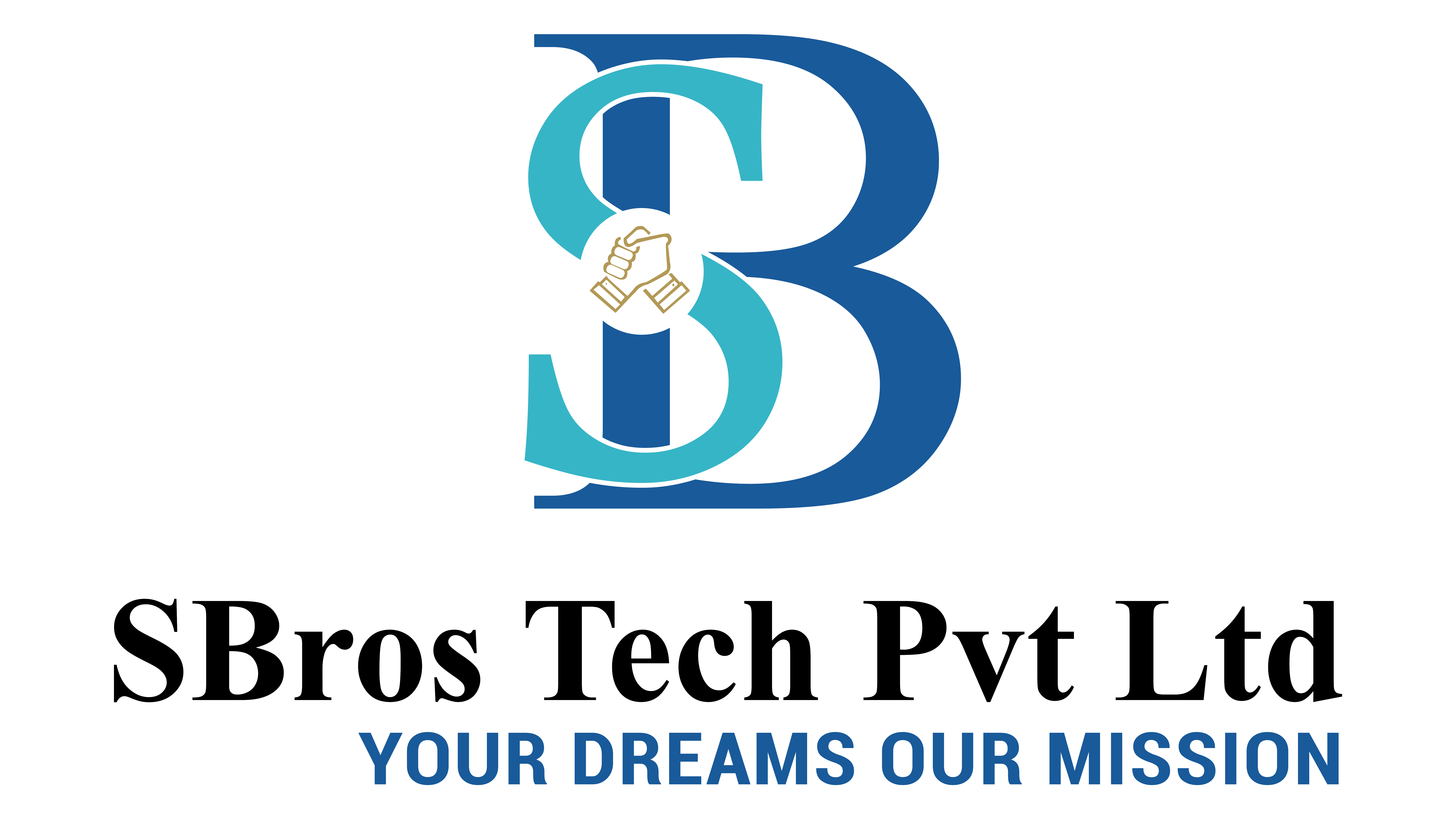- No: 10-35/2, Jesus Complex 1st floor, Vellichanthai, Kanniyakumari District 629203
Full Stack Web Development
Frontend Development
- HTML5 and CSS3 fundamentals including semantic markup, responsive design, flexbox, and grid layouts
- JavaScript programming covering ES6+ features, DOM manipulation, event handling, and asynchronous programming
- Modern frontend frameworks like React, Angular, or Vue.js including component-based architecture and state management
- Version control with Git and GitHub for collaborative development and code management

Backend Development
- Server-side programming with Node.js and Express.js or alternatives like Python/Django or Ruby on Rails
- RESTful API design and implementation including HTTP methods, status codes, and best practices
- Database management covering both SQL (MySQL, PostgreSQL) and NoSQL (MongoDB) databases
- Authentication and authorization implementation using JWT tokens, OAuth, and session management
Full Stack Integration
- Connecting frontend and backend through API calls and handling CORS issues
- Deployment and hosting using platforms like Heroku, AWS, or Netlify
- DevOps basics including CI/CD pipelines, containerization with Docker, and cloud services
- Testing methodologies including unit testing, integration testing, and end-to-end testing
Things to Cover in Frontend
- Introduction to Frontend Development
- Understanding the role of a frontend developer
- Overview of web technologies (Browsers, DOM, Client-Server model)
- Setting up the development environment (VS Code, extensions, Node.js, npm)
- HTML (HyperText Markup Language)
- Basic structure of an HTML document
- Semantic HTML tags (header, nav, article, footer, etc.)
- Forms and input types
- Media elements (images, audio, video, iframes)
- Accessibility fundamentals (alt text, proper semantics)
- CSS (Cascading Style Sheets)
- CSS selectors, combinators, and specificity
- The box model: margins, borders, padding
- Flexbox and CSS Grid for layouts
- Responsive design with media queries
- Transitions, animations, and transforms
- CSS variables and modern features
- Introduction to pre-processors (SASS/SCSS)
- JavaScript Fundamentals
- Variables (var, let, const) and data types
- Operators, conditionals, and loops
- Functions (declaration, expressions, arrow functions)
- Arrays, objects, and destructuring
- DOM manipulation and events
- JavaScript modules and imports/exports
- ES6+ features (template literals, async/await, promise
- Advanced JavaScript Concepts
- Event bubbling and delegation
- Scope, hoisting, closures
- Prototypes and object-oriented programming (OOP)
- Asynchronous JavaScript (callbacks, promises, async/await)
- Fetch API and working with external APIs
- Error handling and debugging
- React.js
- Introduction to component-based architecture
- Creating and rendering components
- JSX syntax
- Props and state management
- Event handling in React
- Conditional rendering and list rendering
- React hooks (useState, useEffect, useContext)
- Forms and controlled components
- Context API for global state
- Routing with React Router
- Performance optimization in React
- Next.js (React Framework)
- Introduction to Next.js and its advantages
- Pages and routing in Next.js
- Static Site Generation (SSG) vs Server-Side Rendering (SSR)
- Data fetching in Next.js (getStaticProps, getServerSideProps)
- API routes in Next.js
- Image optimization and asset management
- SEO with Next.js (metadata, Head component)
- Deployment strategies (Vercel, Netlify)
- Version Control & Collaboration
- Git and GitHub basics
- Branching, merging, and pull requests
- Collaborative workflows (Git Flow, feature branching)
- Project & Best Practices
- Building a full frontend project with React and Next.js
- Implementing responsive UI
- Integrating APIs for real-time data
- Deployment of the final project
- Code organization and maintainability
Things to Cover in Backend
- Introduction to Backend Development
- Understanding the client-server model
- Role of backend in full-stack applications
- Overview of Node.js and event-driven architecture
- Setting up development environment (Node.js, npm, Postman/Insomnia)
- Node.js Fundamentals
- js runtime and non-blocking I/O model
- Modules (built-in and custom)
- File system operations and path handling
- Event emitters and streams
- Working with npm and package.json
- Express.js (Web Framework for Node.js)
- Setting up an Express server
- Routing basics (GET, POST, PUT, DELETE requests)
- Middleware (built-in, third-party, custom)
- Request and response handling
- Serving static files
- Error handling best practices
- Templating engines (e.g., EJS, Handlebars)
- Hono Framework (Lightweight Modern Alternative)
- Introduction to Hono (edge-friendly and lightweight)
- Creating a minimal API with Hono
- Routing and middleware in Hono
- Differences between Express and Hono
- Context handling and performance considerations
- APIs (Application Programming Interfaces)
- Fundamentals of REST APIs
- Designing RESTful endpoints (resources and routes)
- Request validation and query parameters
- CRUD operations with databases
- API versioning strategies
- Error handling and status codes
- Introduction to GraphQL (optional advanced topic)
- Working with Databases
- Introduction to databases
- Using PostgreSQL with Node.js
- Database CRUD operations through APIs
- Indexing, relationships, and performance tuning basics
- Authentication & Security
- User authentication with sessions and cookies
- JSON Web Tokens (JWT) and role-based access control
- OAuth2 and social logins (Google, GitHub, etc.)
- Password hashing (bcrypt) and secure storage
- Common security issues: SQL injection, XSS, CSRF
- Applying HTTPS and securing headers
- Advanced Backend Topics
- Environment variables and configuration (dotenv)
- Logging and monitoring
- Rate limiting and API throttling
- File uploads and handling (Multer, Cloud storage)
- Background jobs and queues (Bull, Redis)
- WebSockets for real-time communication
- Testing & Debugging
- Unit testing with Jest or Mocha
- Integration testing for APIs (Supertest)
- Debugging using Node Inspector and VS Code DevTools
- Writing testable, modular backend code
- Deployment
- Preparing backend for production
- Deployment on platforms Vercel
- Dockerizing Node.js applications
- CI/CD pipelines for automated testing and deployment
- Monitoring and scaling backend services
- Project
- Building a full backend API with Express or Hono
- Connecting to a real database
- Adding authentication and authorization
- Secure deployment to production environment





